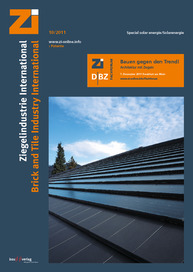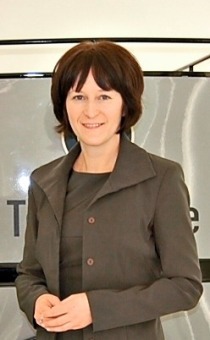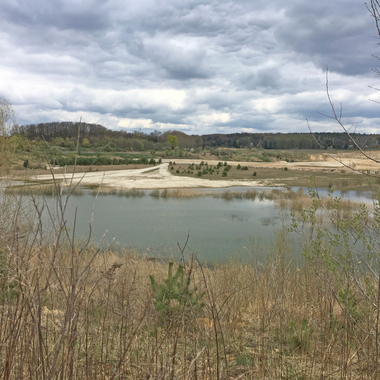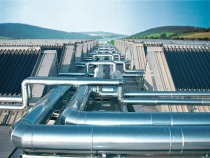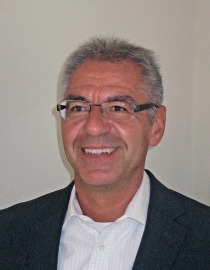Programme published for accelerated solar power deployment in Europe
Accordingly, one of the biggest obstacles to the growth of solar power is the licensing procedures. Installation operators often have to wait several years for a licence before they can start planning the installation. After, at the instigation of PV Legal, considerable progress could be made in the past year in removing this obstacle for on-roof installations in Greece, the project is now demanding a broad licence exemption for all small solar installations on roofs in Europe. For all other installations, more streamlined licensing procedures with only one responsible administrative office (“one-stop-shop model”) as introduced in Portugal, where licensing procedures for small installations were changed several months ago to a simple transfer of the installation data on the Internet. If possible, there should be no handling fees. Trading with PV licences should be prohibited.
A simplification of the structures is also urgently necessary with regard to the procedures for grid connection. This includes the legislator formulating a right to the connection of renewable installations and setting reasonable deadlines, for example a period of six weeks. Non-compliance with these deadlines should be penalized. Also important: not only grid operators, but also certified installation companies should be permitted to connect systems to the grid.
The photovoltaic experts of the associations are also advocating a government regulation to make network data such as the utilization of the regional grid, capacity and voltage level publicly accessible, for example on the Internet. Furthermore, independent institutions should check how much solar power can be integrated in the existing grids in the different regions of Europe. Regional development planning, according to another demand of the expert committee, should not discriminate against renewable energies compared to coal and nuclear energy.

